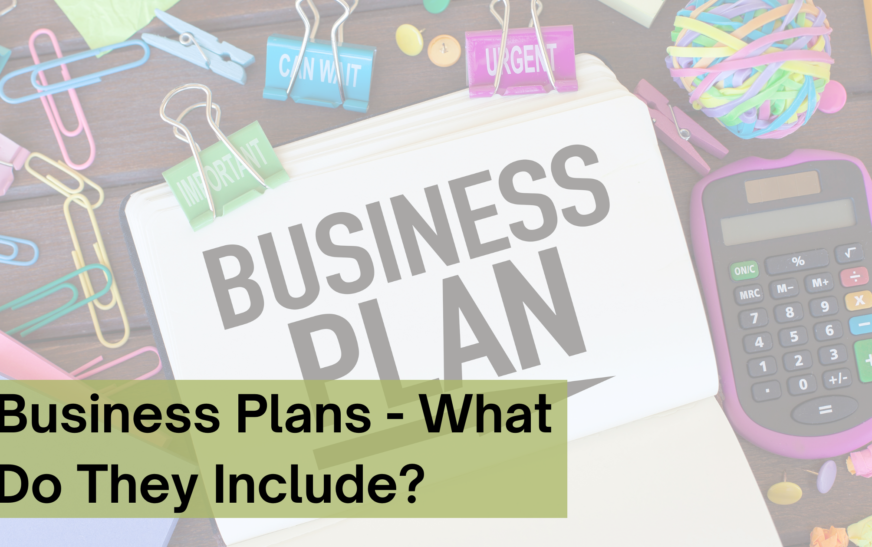You’ve finally reached the stage where you’re ready to launch your home business. You’ve done the research, crafted a solid game plan, and are eager to get started. However, there’s one crucial element you need: funding. Whether you’re seeking a loan or looking for investors, you’ll need a well-prepared business plan to secure the necessary capital.
What Is a Business Plan?
A business plan is a comprehensive document that answers critical questions about your business for potential financiers. It serves as a detailed proposal that demonstrates you have thoroughly considered all aspects of your venture. Essentially, it tells potential backers, “I’ve thought this through from every angle, and here’s my plan.”
What Should a Business Plan Include?
1. Product or Service Description:
- Clearly explain what product or service your business will offer.
- Include the rationale behind choosing this particular product or service.
2. Customer Identification:
- Define your target market. Specify demographics such as age, gender, location, and income level.
- Explain why these customers will want to buy your product or service.
3. Unique Selling Proposition (USP):
- Identify what sets your business apart from competitors.
- Highlight the niche your business will fill or the specific void in the market you plan to address.
4. Expenses:
- Outline your startup costs, including any equipment or initial supplies needed.
- Detail your ongoing operational expenses, such as staff costs and daily supplies.
Example of a Simplified Business Plan
This is a brief version of a business plan. In reality, each section would typically be 1-2 pages long. Aim to be concise and only provide additional information if requested by potential investors.
Business Name: Catering Plus
Nature of Business: A home-based catering company specializing in luxury food for special occasions like birthdays and weddings. We will offer a comprehensive catering service with a focus on high-end customized cakes, which have a higher profit margin.
Target Market: Middle-class customers seeking top-of-the-line catering on a budget. Our initial market area includes Mytown and the affluent area of Theretown.
Key Factors:
- We will use commercial-grade ingredients from wholesalers to ensure top quality while keeping costs low.
- Our food will look and taste great, distinguishing us from competitors.
Expenses:
- Primary expenses include an industrial-grade mixer and the day-to-day cost of supplies.
- Attached is a supplier’s letter listing prices, showing this supplier offers the best value for startups.
Financial Projections: Include a graph showing projected profit and loss for the first year, detailing one-time and recurring expenses versus projected profits. This will demonstrate how you plan to repay any loans and sustain a profitable business.
Study Real-World Business Plans
The best way to understand the nuances of business plans is to study those that have been successfully funded. The internet is a great resource for finding real-world examples. By reviewing these plans, you’ll gain insight into the amount of work required to create an effective business plan.
Remember, until your business is up and running, your business plan is your primary tool to convince prospective backers of your venture’s potential. Make sure it clearly conveys the viability and profitability of your business.



